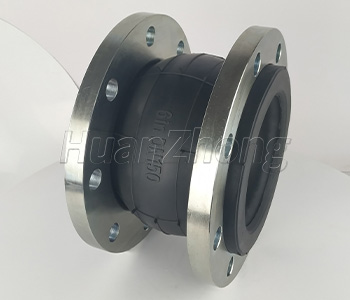Advantages and Disadvantages of Different Rubber Material of Single Ball Rubber Joint
Advantages and Disadvantages of Different Rubber Material of Single Ball Rubber Joint
Single Ball Rubber Expansion Joint can be made of various rubber, such as NR, NBR, EPDM, PTFE, CR, IIR. Different rubber materials are of different advantages and disadvantages with their own special features.
Advantages and Disadvantages of Different Rubber Material of Single Ball Rubber Joint
Material Advantages Disadvantages Temperature
NR high strength and tear resistance, good abrasion resistance and drought tolerance, easy adhesion, performance better than common synthetic rubber. bad in oxygen and ozone resistance,
aging and deterioration easily, bad in oil resistance and solvent resistance, bad in acid and alkali resistance, heat resistance not good. -10℃~+80℃
NBR good hydraulic oil, water,and high pressure oil resistance not suitable for polar solvents, such as ketones -25℃~100℃
EPDM UV and aging resistance; Electrical insulation, chemical resistance, acid and alkali resistance poor in adhesive -50℃~+150℃
EPDM best in acid and alkali resistance, oil resistance; good resistance to high vacuum and radiation resistance poor workability, large cost, low elasticity. -20℃~+180℃
CR oxygen, ozone resistance, non flammable, oil resistance, solvent, acid and alkali resistance and aging resistance, good air tightness etc. Poor cold resistance, large specific gravity, high relative costs, poor electrical insulation, easy to stick rolling, easy to burn; poor stability, not easy to save -45℃~+100℃
IIR wear-resisting 200 Degrees fahrenheit
PTFE anti acid and alkali, resistant to all kinds of organic solvents, good sealing, electrical insulation ,anti aging ability, excellent heat resistance small friction coefficient -180℃~+250℃
